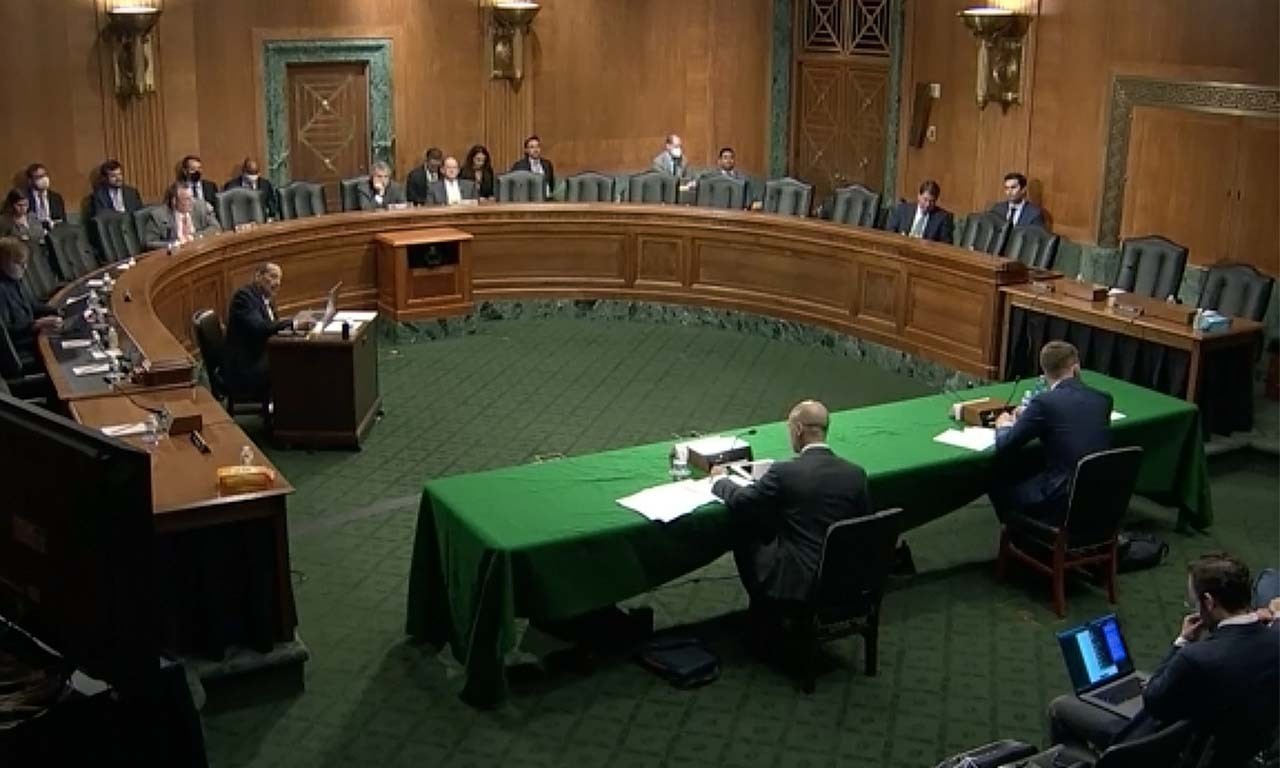Cryptocurrencies and other digital assets, long a secondary issue for most governments, now sit squarely at the top of the agenda for regulators and financial policymakers. The Biden administration has set out its goals for ensuring the responsible development of digital assets, saying consumer protection, national security, and US leadership in global finance were at stake, while European Central Bank President Christine Lagarde urged an acceleration of progress toward launching a digital euro.
This attention is welcome but turning it into effective regulation will not be easy. Cryptoassets like Bitcoin and private stablecoins pegged to fiat currencies like the dollar are now worth about $1.9 trillion. They offer the possibility of better and cheaper financial services that empower individuals. However, they also pose potential risks to individuals and the financial system. Public policy must find the right approach to encouraging innovation while mitigating risks. Finding ways to channel this activity for broad societal benefit is critical, but these assets are newer than the core laws and regulatory principles that govern the financial system, and do not fit easily within existing frameworks.
In a new paper, I provide a high-level guide to some of the key issues overall, which apply across the globe, and discuss as an illustration the likely outcomes for the United States. The big questions include, among others:
- Should digital assets be encouraged, discouraged, or channeled in some way?
- Are new laws and a new regulator needed for digital assets?
- How do central bank digital currencies and decentralized finance fit in?
- What is the role of enforcement actions versus enhanced regulation?
- How can adequate global coordination be achieved?
Download the Paper
The most pressing issue is the biggest: are digital assets good or bad for society. Policy makers in the US and around the world remain divided on whether to regard cryptoassets as inherently speculative, akin to Dutch tulip bulbs in the 17th century, or whether they contain the seeds of useful technological transformation, like dot-com stocks in the late 1990s.
It’s too early to tell whether these assets will fulfill the promises of their backers, but the market is too big and the potential ramifications and trade-offs are too great to ignore. The war in Ukraine has put some of these issues in stark relief, with activists promoting the use of cryptocurrencies to send humanitarian aid to the affected population while US and European governments seek to limit their use to evade financial sanctions.
With the pace of change in the digital transformation of money accelerating, we need a broad debate to forge a consensus on the key questions of how to regulate this activity. The future of money is ours for the making.

